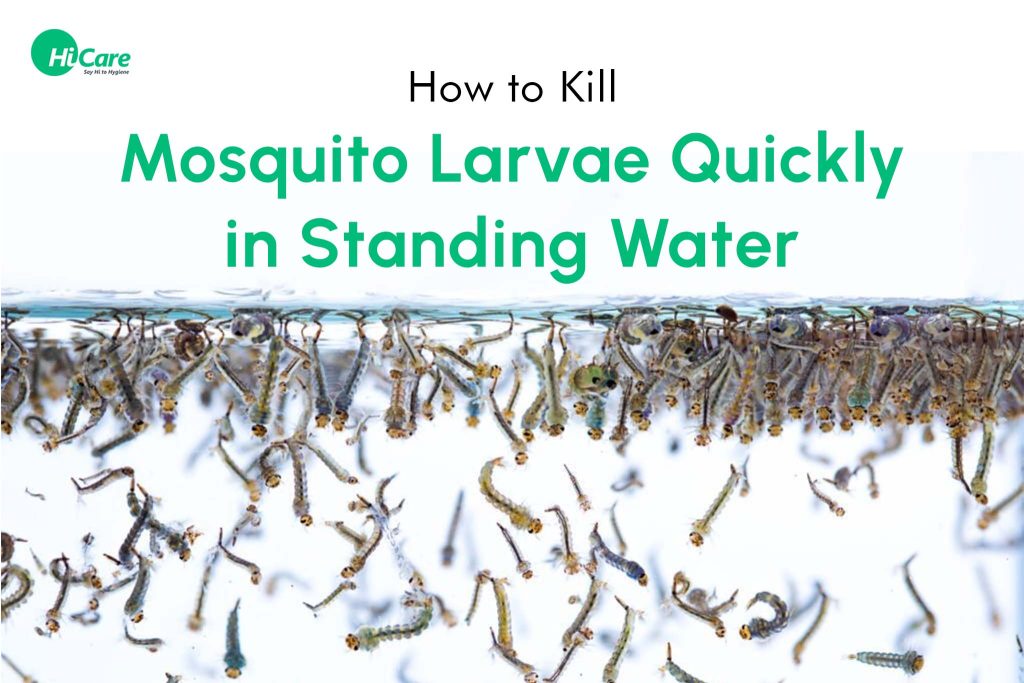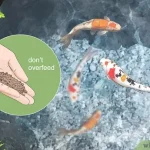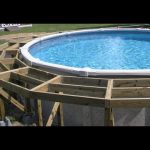Mosquitoes are not only irritating pests but also carriers of diseases. One of the most effective ways to control mosquitoes is by targeting their larvae. Mosquito larvae thrive in stagnant water, making ponds an ideal breeding ground for these pesky insects. In this article, we will discuss various methods to get rid of mosquito larvae in a pond.
1. Introduce Mosquito Larvae-Eating Fish
One natural and environmentally friendly way to control mosquito larvae in a pond is by introducing mosquito larvae-eating fish. Fish such as Gambusia (mosquito fish) and Koi are known for feeding on mosquito larvae. These fish can help keep the mosquito population in check while adding a beautiful element to your pond.
2. Use Biological Larvicides
Biological larvicides are another effective method to control mosquito larvae in a pond. These larvicides contain bacteria that specifically target mosquito larvae while being safe for other aquatic life. Simply apply the biological larvicide according to the manufacturer’s instructions to effectively eliminate mosquito larvae.
3. Install a Fountain or Aerator
Mosquito larvae prefer stagnant water for breeding. By installing a fountain or aerator in your pond, you can create water movement that disrupts the breeding environment for mosquito larvae. The movement of water will make it difficult for the larvae to survive, reducing the mosquito population in your pond.

Credit: todayshomeowner.com
4. Remove Excess Debris and Vegetation
Regularly removing excess debris and vegetation from your pond can help eliminate potential breeding sites for mosquito larvae. Clearing out leaves, twigs, and other organic matter will reduce the chances of mosquitoes laying their eggs in the pond. Keeping the pond clean and well-maintained is crucial in preventing mosquito infestations.
5. Use Mosquito Dunks
Mosquito dunks are a convenient and effective way to control mosquito larvae in a pond. These small, donut-shaped tablets contain a larvicide that specifically targets mosquito larvae. Simply place the mosquito dunks in the pond according to the instructions to kill off the larvae without harming other aquatic life.
6. Opt for Natural Predators
Introducing natural predators of mosquito larvae, such as dragonflies and frogs, can help keep the mosquito population in check. Dragonfly larvae are voracious predators of mosquito larvae, while frogs feed on adult mosquitoes. By encouraging these natural predators to inhabit your pond, you can create a balanced ecosystem that controls mosquito populations naturally.
7. Maintain Water Quality
Properly maintaining the water quality in your pond is essential for preventing mosquito larvae infestations. Ensure that the water is not stagnant and regularly test and balance the pH levels. Mosquitoes are attracted to stagnant, nutrient-rich water, so by maintaining good water quality, you can deter mosquitoes from breeding in your pond.
8. Use Bti Briquettes
Bti briquettes are a long-lasting and effective way to control mosquito larvae in a pond. These briquettes contain a naturally occurring bacteria that targets mosquito larvae specifically. Simply place the Bti briquettes in the pond, and they will slowly release the larvicide, providing continuous protection against mosquito larvae.
9. Implement Physical Barriers
Installing physical barriers such as mosquito netting or screens can help prevent adult mosquitoes from laying their eggs in the pond. By covering the pond with a barrier, you can effectively block mosquitoes from accessing the water, thus reducing the chances of mosquito larvae infestations.
10. Regularly Inspect and Monitor the Pond
Regularly inspecting and monitoring your pond for signs of mosquito larvae is crucial in preventing infestations. Keep an eye out for stagnant water, algae blooms, and other conditions that may attract mosquitoes. By catching the problem early, you can take proactive measures to control mosquito larvae before they become a nuisance.

Credit: nurturing-nature.co.uk
Conclusion
Controlling mosquito larvae in a pond is essential for maintaining a healthy and pest-free outdoor environment. By implementing these various methods, you can effectively reduce the mosquito population in your pond while promoting a balanced and thriving ecosystem. Whether you opt for natural predators, biological larvicides, or physical barriers, taking proactive steps to control mosquito larvae will help ensure that your pond remains a tranquil and mosquito-free oasis.





